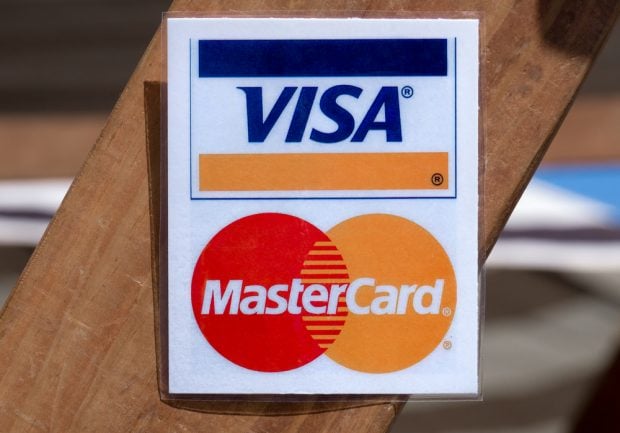There is a big decision to be made this fall. But it has nothingto do with the presidential election and everything to do with theday-to-day routines of millions of credit union members.
|The decision I’m talking about is one that each credit unionwill make regarding how it will inform, educate and prepare itsmembers to properly use their chip cards in their EMV-enabledATMs.
|With all the recent attention being paid to credit unions’migrations to EMV chip credit and debit cards, the transitions fortheir ATMs have been a secondary consideration, particularlybecause of the later timeframe for that switchover. That deadlineis this October.
|As the founder of an ATM management company, I can tell you thatthe industry is making good progress toward a timely EMVswitchover, which involves upgrading and certifying every cardreader and its associated software. The goal, of course, is to makesure that when one of your members inserts an EMV chip card into anATM, everything works as it is supposed to. This task becomes alittle more difficult when your member uses another credit union'sor bank's ATM that may not have been upgraded.
|From what we’ve seen, credit unions have done a good job ofexplaining to their members how cards are presented, inserted andallowed to remain for the appropriate time in point of saleterminal readers. Now it is time to begin a similar education andtraining program for the ATM switchover.
|We’re not talking a major training program; just a bit ofcommunication with members about the change. It's a matter ofproactively reaching out to members, posting helpful information onyour website and leveraging video demonstrations such as one foundat DolphinDebit.com.
|One thing worth emphasizing to members is that as they usedifferent ATMs, there may be slight differences in the way theircard is read. Your credit union may have made the EMV switchover inall your ATMs, but some other ATMs your members use may not havetransitioned yet. That is why it is very important to emphasize toyour members that they need to follow the prompts on the ATMscreen.
|Let's say your member is trying to use a mag stripe card at anEMV-enabled ATM. If they simply dip the card and immediately removeit, that will result in an error message and frustration for yourmember. But if your member follows the prompts on the screen, theywill see they must leave their mag stripe card in the card readeruntil instructed to remove it. In this case, the ATM recognizesthat it is a non-chip card and very quickly prompts the member toremove the card. The mag stripe is read as the card is beingremoved.
|On the other hand, if your credit union has already issued EMVchip debit cards and your member attempts to use a non-EMV enabledATM, your member will likely insert the card and leave it as theyhave been instructed to do with their chip card. However, since theATM has not yet been upgraded, the member may experiencefrustration as the transaction will not begin until they removetheir card. Some of that frustration can be prevented witheducation and information.
|The point is that your members need to be prepared for anysituation, whether the ATM they are using at that time isEMV-enabled or still reading the mag stripe.
|During this transition period to EMV-enabled ATMs, you mayreceive complaints from members stating their cards are notworking, but the problem is in fact related to user error.Likewise, at your own EMV-enabled ATMs, you may receive reportsfrom non-members that your ATM is not working properly when in factit is fine. So before placing an “out of order” sign on the ATM ordispatching a technician, you may want to test it yourself to besure the problem isn't user error-related rather than a truebreakdown at the ATM.
|As we have upgraded ATMs, we have added instructional signage onthe ATM itself and used on-screen graphics to indicate to usersthat the machine is chip card-capable. Not every ATM operator willnecessarily do that, which is why communication with members, toprepare them for any situation, is so important.
| Gary Walston is co-founder ofDolphin Debit. He can be reached at 281-516-4754or [email protected].
Gary Walston is co-founder ofDolphin Debit. He can be reached at 281-516-4754or [email protected].
Complete your profile to continue reading and get FREE access to CUTimes.com, part of your ALM digital membership.
Your access to unlimited CUTimes.com content isn’t changing.
Once you are an ALM digital member, you’ll receive:
- Critical CUTimes.com information including comprehensive product and service provider listings via the Marketplace Directory, CU Careers, resources from industry leaders, webcasts, and breaking news, analysis and more with our informative Newsletters.
- Exclusive discounts on ALM and CU Times events.
- Access to other award-winning ALM websites including Law.com and GlobeSt.com.
Already have an account? Sign In
© 2024 ALM Global, LLC, All Rights Reserved. Request academic re-use from www.copyright.com. All other uses, submit a request to [email protected]. For more information visit Asset & Logo Licensing.









